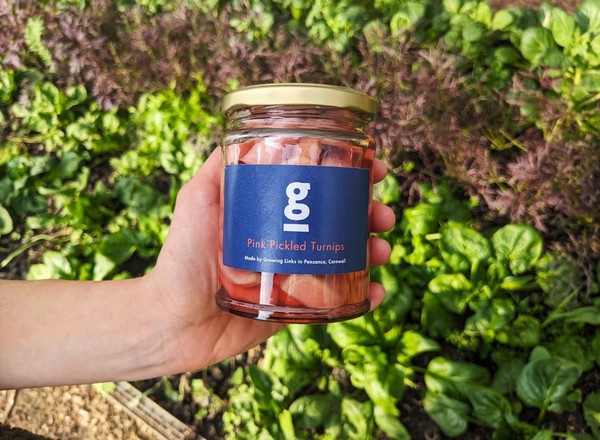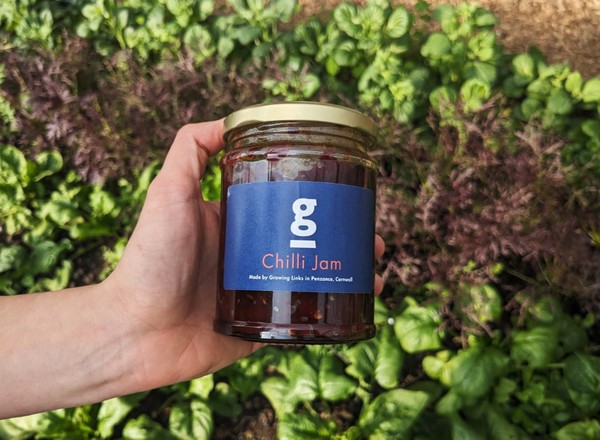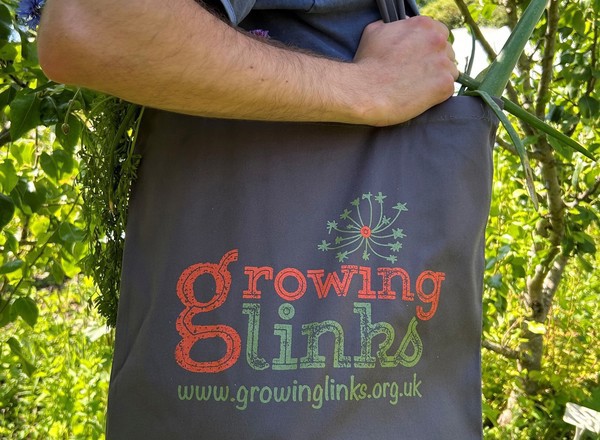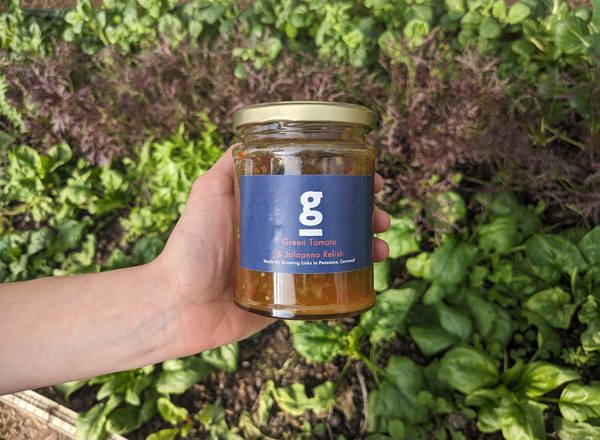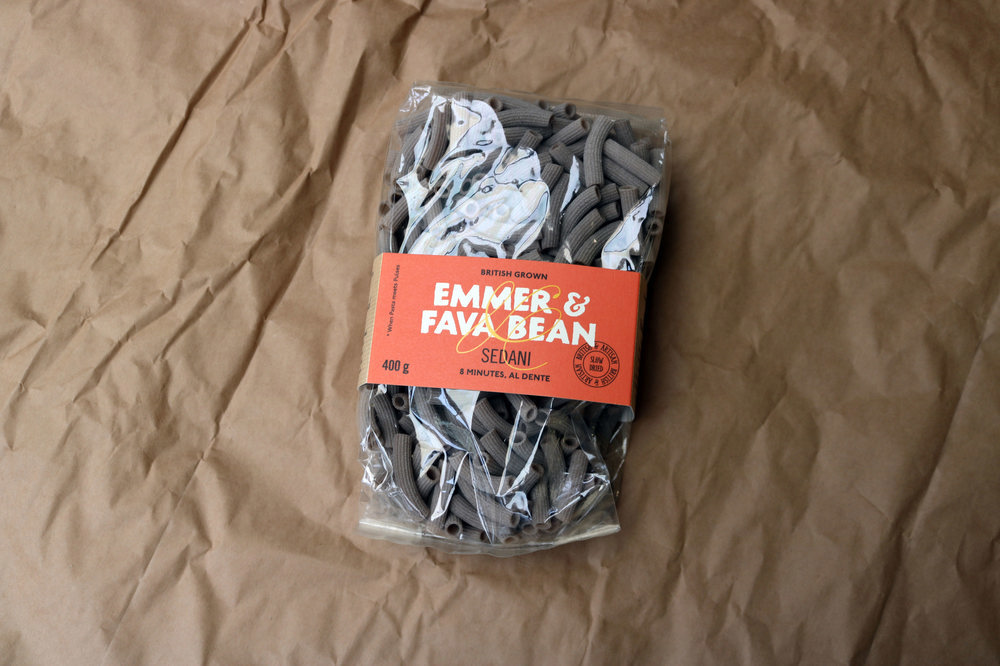
INGREDIENTS
Emmer (gluten), Fava Bean
ALLERGY INFORMATION
For allergens see ingredients in bold
Made in the UK from British-grown grains and beans
Suitable for vegans and vegetarians
A source of iron, magnesium, phosphorous, zinc, niacin (vitamin B3), calcium, vitamin E
From an idea hatched on a crop walk at Wakelyns Agroforestry late in the summer of 2020, to a dark, velvety pasta with the flavour of walnuts and spices the following spring.
Pasta made with fava beans and wheat is common across central and southern Italy, where beans grown well and, when blended with cereal flour, bring extra flavour and nutrition to pasta. Such blends were particularly important in years when the wheat harvest was poor.
In Tuscany and the Marche the preferred shape for fava and wheat flour pasta is tacconi, small squares with ruffled edges. With help from Giovanni of Pastificio Carleschi we've chosen sedani rigati, ridged tubes named for their likeness to celery stems. Without wanting to offend Tuscan traditionalists, we feel sedani hold a sauce better and are suited to a wider range of dishes than tacconi. Try them in dishes where you might otherwise use of macaroni or penne, or use in place of tacconi in recipes from the Marche or Tuscany.
Emmer (Triticum turgidum subsp. dicoccum) is an ancestor of durum wheat, and, with Einkorn and Spelt, was among the first cereals cultivated in the Fertile Crescent. It has a deliciously nutty flavour and can be eaten as a whole grain (farro) as well as ground into flour. It's ideal for cultivation in low-input farming systems and grows well in poor soils where other cereals struggle.


